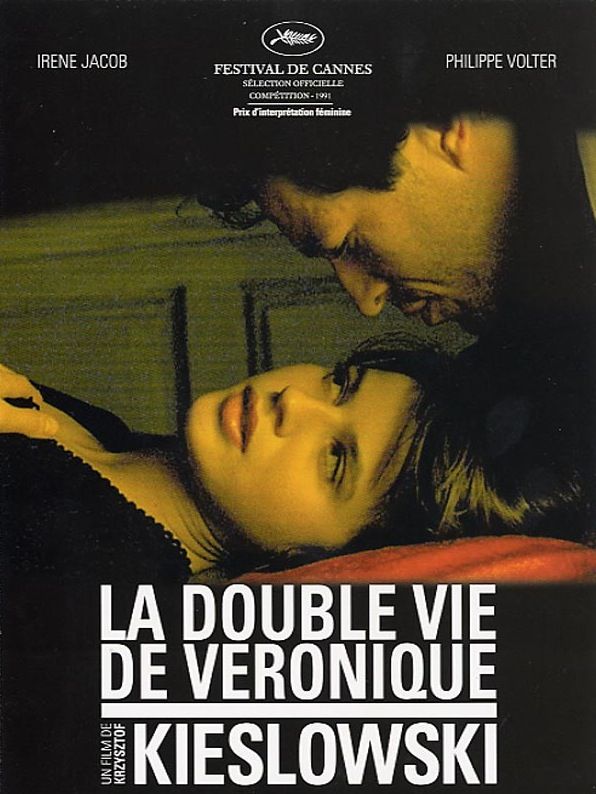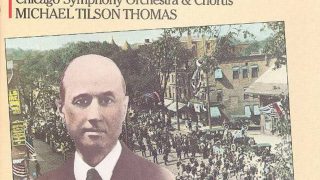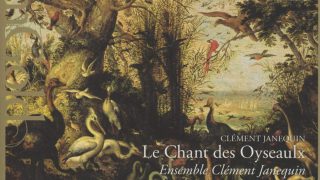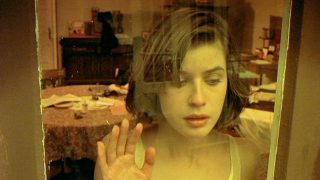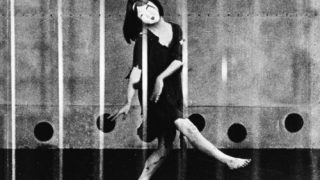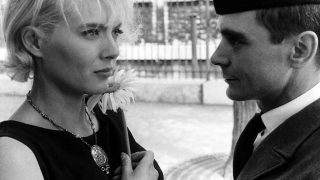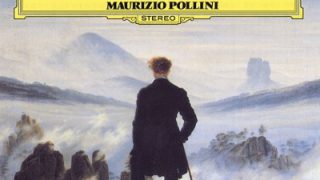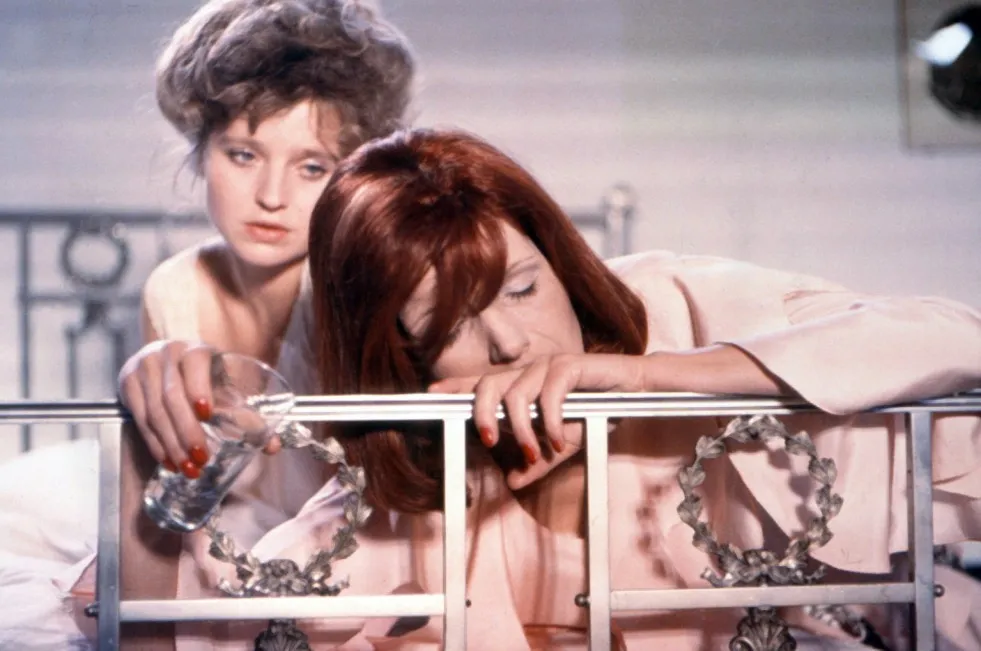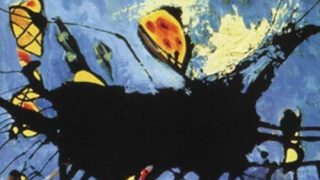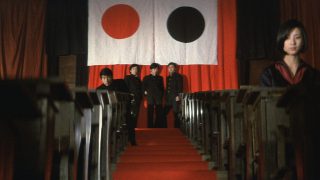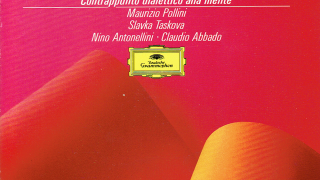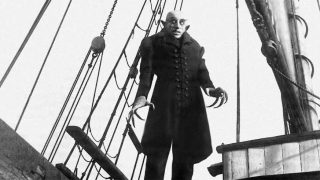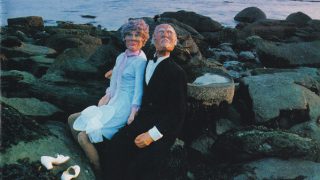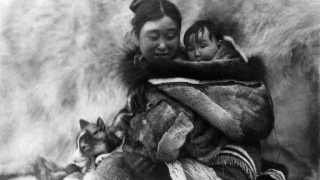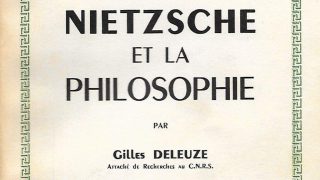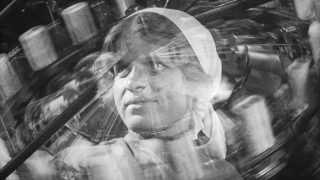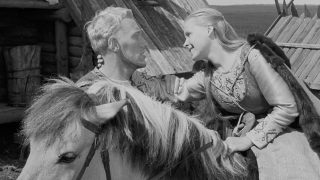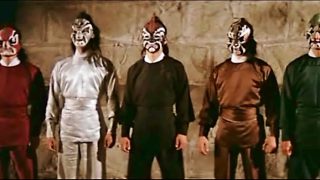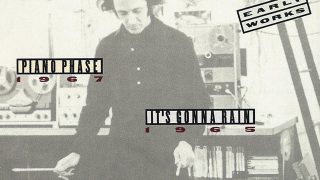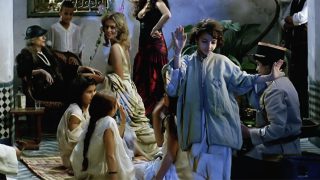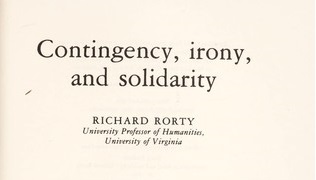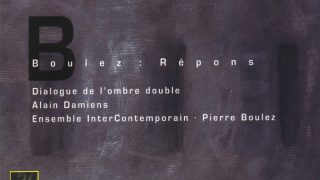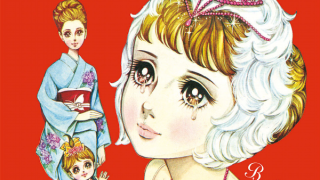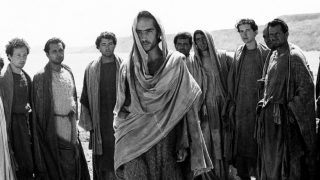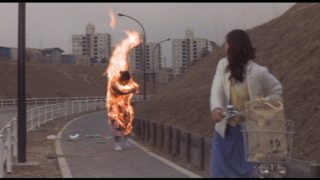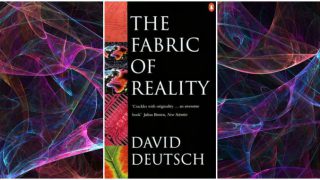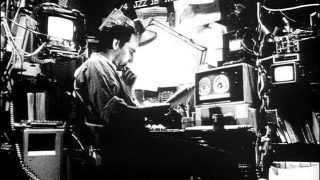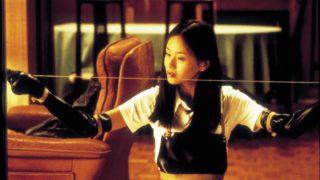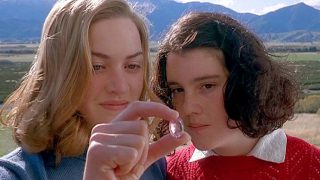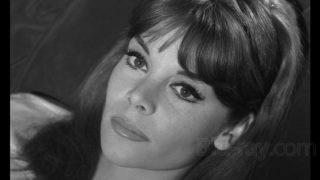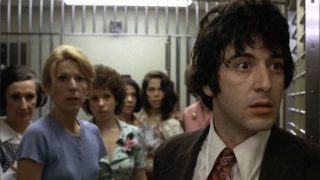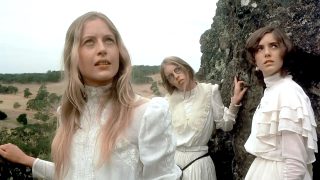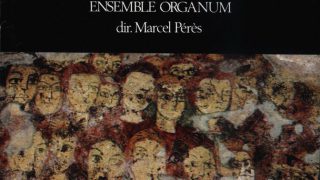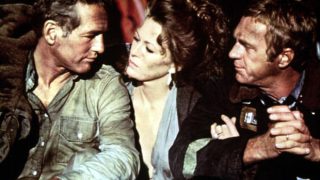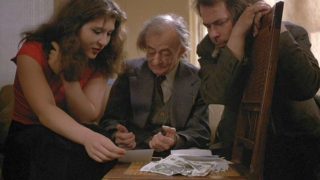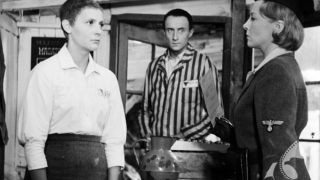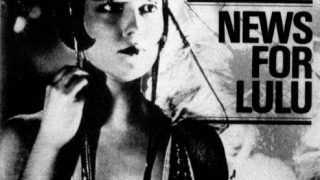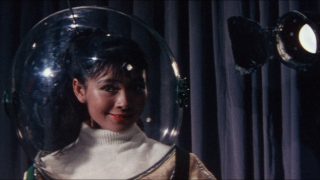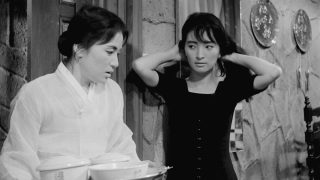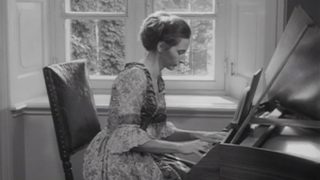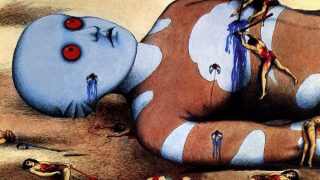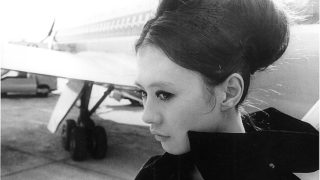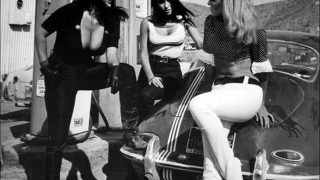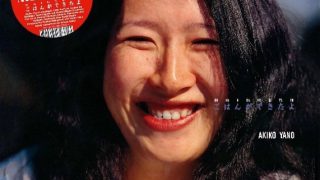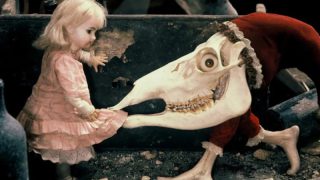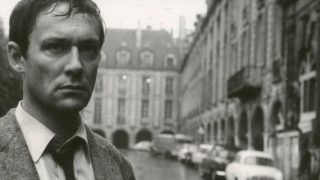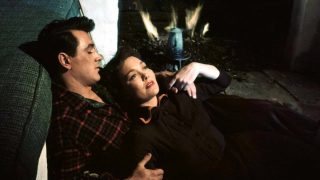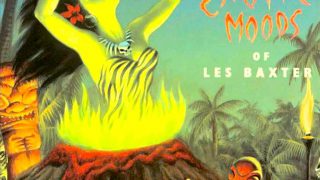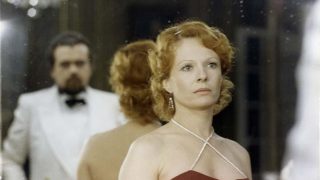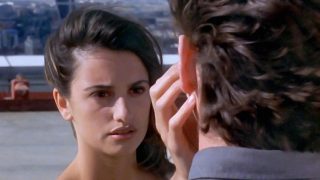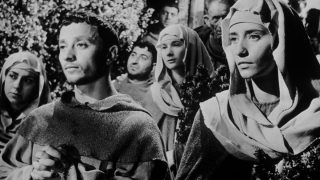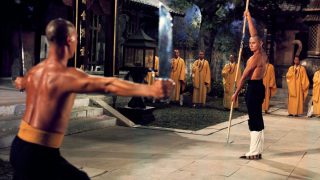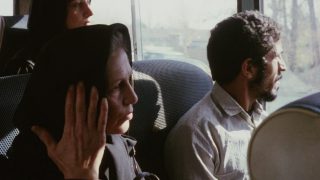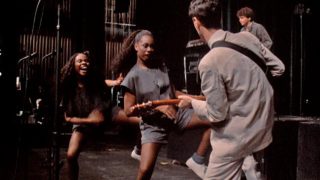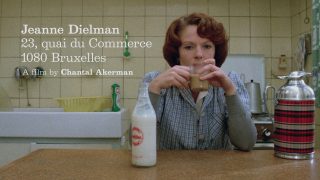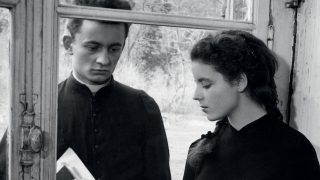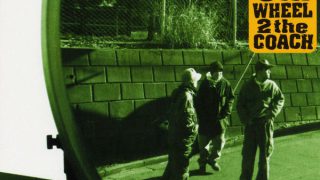Overview
“The Double Life of Veronique” (French: La Double Vie de Véronique, Polish: Podwójne życie Weroniki) is a 1991 drama film directed by Krzysztof Kieślowski and starring Irène Jacob.
Set in Poland and France, it depicts a strange relationship between two identical women like alter egos or doppelgängers, Weronika, a prospective soprano singer living in Poland, and Véronique, a music teacher living in France, who share a mysterious bond.
Irène Jacob had a dual role as Weronika and Véronique.
The screenplay was written by Krzysztof Kieślowski and Krzysztof Piesiewicz. Cinematography by Sławomir Idziak. Music by Zbigniew Preisner. It was a collaboration between France, Poland and Norway. The languages are French and Polish. 98 minutes.
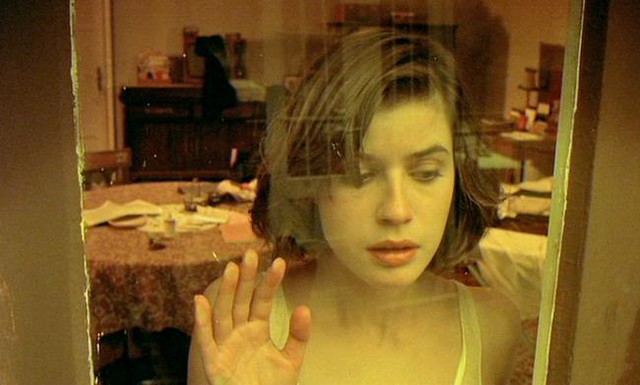
Plot
Weronika (Irène Jacob) lives in a small town near Kraków, Poland. She has been in an amateur choir. She occasionally has a strange sense that another herself has existed.
When she stays with her aunt in Kraków, she witnesses a French tourist (Véronique), who looks exactly like her, in the Main Square of Kraków. The tourist boards the tourist bus and leaves the square after taking pictures of the demonstrators of “Solidarity” fighting with police.
Weronika occasionally feels pain in her heart.
Weronika is recognized for her talent as a soprano singer by a musical director and a conductor, and she sings a soprano solo part at a concert with a symphony orchestra, but while singing on the stage, she dies of a heart attack.
Meanwhile, Véronique (Irène Jacob) has worked as a music teacher at an elementary school in Clermont-Ferrand, France.
Véronique suddenly feels like she lost another herself, and she feels deep sadness.
Just like Weronika, Véronique has also been in a choir while having heart disease. She tells her singing teacher that she’s quitting the choir.
A puppet play is performed in Véronique’s elementary school. It is a story about a ballerina who dies and is reincarnated as a butterfly after breaking her leg. Véronique is fascinated by the play, and she falls in love with the puppeteer who performed the play without knowing his name.
In her music class in elementary school, Véronique makes her pupils perform a piece of music “Concerto en Mi Mineur (Concerto in E Minor)” composed by 18th-century Dutch composer Van den Budenmayer (a fictional character). The piece is the same as the one sung by Weronika on the stage when she died.
Véronique finds out that the puppeteer is a children’s book author named Alexandre Fabbri (Philippe Volter).
When Véronique visits her father, he gives her a package addressed to her containing a cassette tape. The postmark on the package shows that it was sent from the Gare Saint-Lazare train station in Paris.
The tape contains the sounds that seem to be recorded somewhere in the Gare Saint-Lazare and a fragment of music by Van den Budenmayer.
She goes to the Gare Saint-Lazare. She uses the sound of the tape as a clue, and looks for the place where it was recorded. She eventually reaches a cafe in the station, where children’s book author Alexandre Fabbri is waiting for her.
Commentary
“The Double Life of Veronique” is a film with a multifaceted attraction: it is a poetic art film, a mysterious psychological drama about alter egos or doppelgängers, and a lyrical romance film.
The artistic images featuring fantastical color tones by use of yellow and green filters, Preisner’s romantic music including lyrical melodies, and the sublime beauty of Irène Jacob are particularly impressive.
In his review of the film in the “Chicago Sun-Times”, film critic Roger Ebert wrote, “This is one of the most beautiful films I’ve seen.”
Polish opera singer Elżbieta Towarnicka sang Weronika’s soprano solos as a voice-over actor.
How to interpret the relationship between Weronika and Véronique is up to the viewer because it is not explained in the film.
“The Double Life of Veronique” is also a speculative film that treated actual world as one of numerous possibilities from such perspectives as parallel universe theory (one of multiverse hypotheses. It envisions our universe as just one of numerous parallel worlds that branch off from each other) based on the many-worlds interpretation of quantum mechanics, and possible worlds theory (especially modal realism such as David Lewis) in logic and philosophy.
To Véronique, Weronika is another herself who lives in an alternative possible world, and vice versa.
Véronique senses the presence of Weronika as a specter of another possibility of her own (her another destiny that could be possible), and she survives because she treated Weronika’s death as a warning.
From the perspectives of multiverse or possible worlds, “The Double Life of Veronique” can be interpreted as a film that allegorically depicted an impossible intersection between two parallel worlds, which are supposed to never intersect each other, as an encounter with an alter ego or a doppelgänger.
At the 44th Cannes Film Festival in 1991, the film was selected for the competition, and it won the Prize of the Ecumenical Jury, the FIPRESCI Prize, and the Best Actress Award (Irène Jacob).
Preisner’s score won the 1991 Los Angeles Film Critics Association Award for Best Music.
